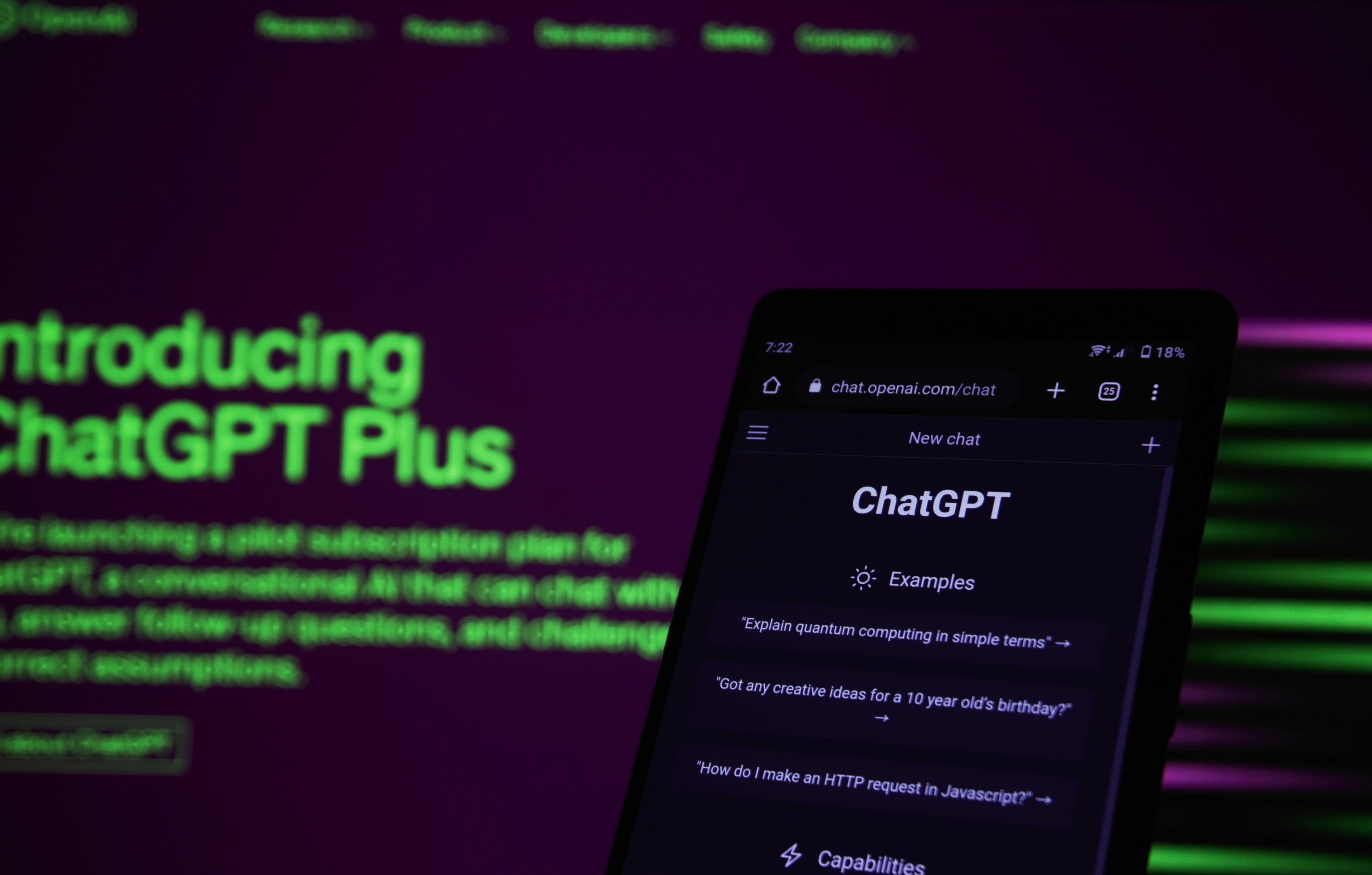
Understanding ChatGPT 3.5, 4, Claude 2, and Google AI
Understanding ChatGPT 3.5, 4, Claude 2, and Google AI
Understanding ChatGPT 3.5, 4, Claude 2, and Google AI
15 de nov. de 2023


AI chat models have rapidly become an integral part of many digital services. From customer service chatbots to content generation tools, these models have transformed how we interact with technology. Among these, the ChatGPT series by OpenAI, Google's AI models, and now Anthropic's Claude 2 stand out for their advanced capabilities and widespread use.
How Do AI Chat Models Work?
AI chat models, like ChatGPT, Google AI, and Claude 2, rely on machine learning algorithms trained on vast amounts of text data; they learn to generate human-like text by understanding the patterns and context in the training data and can predict the likelihood of a word given the preceding ones, a process known as language modeling.
The ChatGPT series, including versions 3.5 and 4, Google AI, and Claude 2, use the transformer-based learning method. This method enables the models to consider the entire context of a sentence rather than just the preceding words, leading to more accurate and contextually relevant responses.
Uses in Various Industries
AI chat models find applications across numerous industries. They're frequently used in customer service to automate responses to common queries, thereby improving efficiency and customer satisfaction. In the content creation industry, these models can generate articles, blog posts, and other forms of written content, saving time and resources.
In the healthcare industry, AI chat models can provide initial responses to patient inquiries, directing them to the appropriate resources or services. They're also used in education, where they can aid in tutoring or answering student queries, making learning more interactive and personalized.
Benefits and Limitations
AI chat models offer numerous benefits, including improved efficiency, cost savings, and 24/7 availability. They can handle multiple queries simultaneously, a feat impossible for human agents, and reduce the workload on human staff, freeing them to focus on more complex tasks.
However, these models also have limitations. They can produce inappropriate or incorrect answers due to their lack of complete comprehension and sensitivity to wording changes in queries. Likewise, they require large amounts of data for training, raising concerns about privacy and security.
ChatGPT 3.5, 4, Google AI, and Claude 2: A Comparison
While similar in their basic functioning, ChatGPT 3.5, 4, Google's AI (PaLM 2), and Claude 2 have differences in their capabilities and applications. Google's PaLM 2, for instance, is noted for its improved multilingual, reasoning, and coding capabilities.
On the other hand, ChatGPT and Claude 2 have made names for themselves in generating human-like text, with each version improving on the last. Claude 2 is especially recognized for its alignment with human values and intent, an area of focus for its developers. The specific differences in performance and accuracy can vary based on the task and context, which means the choice between these models would depend on the exact task requirements.
Welcome the Future of AI with Aivia's Chat Models
AI chat models have radically changed digital services, and Aivia is at the forefront of this transformation. Models like ChatGPT 3.5 and 4, Google AI, and Claude 2, recognized for their ability to generate contextually relevant, human-like text, can handle multiple queries simultaneously, improving efficiency.
While they come with unique strengths and limitations, Aivia's platform allows you to leverage their capabilities based on your specific task requirements. Join Aivia and explore the potential of AI chat models in your digital services.
AI chat models have rapidly become an integral part of many digital services. From customer service chatbots to content generation tools, these models have transformed how we interact with technology. Among these, the ChatGPT series by OpenAI, Google's AI models, and now Anthropic's Claude 2 stand out for their advanced capabilities and widespread use.
How Do AI Chat Models Work?
AI chat models, like ChatGPT, Google AI, and Claude 2, rely on machine learning algorithms trained on vast amounts of text data; they learn to generate human-like text by understanding the patterns and context in the training data and can predict the likelihood of a word given the preceding ones, a process known as language modeling.
The ChatGPT series, including versions 3.5 and 4, Google AI, and Claude 2, use the transformer-based learning method. This method enables the models to consider the entire context of a sentence rather than just the preceding words, leading to more accurate and contextually relevant responses.
Uses in Various Industries
AI chat models find applications across numerous industries. They're frequently used in customer service to automate responses to common queries, thereby improving efficiency and customer satisfaction. In the content creation industry, these models can generate articles, blog posts, and other forms of written content, saving time and resources.
In the healthcare industry, AI chat models can provide initial responses to patient inquiries, directing them to the appropriate resources or services. They're also used in education, where they can aid in tutoring or answering student queries, making learning more interactive and personalized.
Benefits and Limitations
AI chat models offer numerous benefits, including improved efficiency, cost savings, and 24/7 availability. They can handle multiple queries simultaneously, a feat impossible for human agents, and reduce the workload on human staff, freeing them to focus on more complex tasks.
However, these models also have limitations. They can produce inappropriate or incorrect answers due to their lack of complete comprehension and sensitivity to wording changes in queries. Likewise, they require large amounts of data for training, raising concerns about privacy and security.
ChatGPT 3.5, 4, Google AI, and Claude 2: A Comparison
While similar in their basic functioning, ChatGPT 3.5, 4, Google's AI (PaLM 2), and Claude 2 have differences in their capabilities and applications. Google's PaLM 2, for instance, is noted for its improved multilingual, reasoning, and coding capabilities.
On the other hand, ChatGPT and Claude 2 have made names for themselves in generating human-like text, with each version improving on the last. Claude 2 is especially recognized for its alignment with human values and intent, an area of focus for its developers. The specific differences in performance and accuracy can vary based on the task and context, which means the choice between these models would depend on the exact task requirements.
Welcome the Future of AI with Aivia's Chat Models
AI chat models have radically changed digital services, and Aivia is at the forefront of this transformation. Models like ChatGPT 3.5 and 4, Google AI, and Claude 2, recognized for their ability to generate contextually relevant, human-like text, can handle multiple queries simultaneously, improving efficiency.
While they come with unique strengths and limitations, Aivia's platform allows you to leverage their capabilities based on your specific task requirements. Join Aivia and explore the potential of AI chat models in your digital services.
AI chat models have rapidly become an integral part of many digital services. From customer service chatbots to content generation tools, these models have transformed how we interact with technology. Among these, the ChatGPT series by OpenAI, Google's AI models, and now Anthropic's Claude 2 stand out for their advanced capabilities and widespread use.
How Do AI Chat Models Work?
AI chat models, like ChatGPT, Google AI, and Claude 2, rely on machine learning algorithms trained on vast amounts of text data; they learn to generate human-like text by understanding the patterns and context in the training data and can predict the likelihood of a word given the preceding ones, a process known as language modeling.
The ChatGPT series, including versions 3.5 and 4, Google AI, and Claude 2, use the transformer-based learning method. This method enables the models to consider the entire context of a sentence rather than just the preceding words, leading to more accurate and contextually relevant responses.
Uses in Various Industries
AI chat models find applications across numerous industries. They're frequently used in customer service to automate responses to common queries, thereby improving efficiency and customer satisfaction. In the content creation industry, these models can generate articles, blog posts, and other forms of written content, saving time and resources.
In the healthcare industry, AI chat models can provide initial responses to patient inquiries, directing them to the appropriate resources or services. They're also used in education, where they can aid in tutoring or answering student queries, making learning more interactive and personalized.
Benefits and Limitations
AI chat models offer numerous benefits, including improved efficiency, cost savings, and 24/7 availability. They can handle multiple queries simultaneously, a feat impossible for human agents, and reduce the workload on human staff, freeing them to focus on more complex tasks.
However, these models also have limitations. They can produce inappropriate or incorrect answers due to their lack of complete comprehension and sensitivity to wording changes in queries. Likewise, they require large amounts of data for training, raising concerns about privacy and security.
ChatGPT 3.5, 4, Google AI, and Claude 2: A Comparison
While similar in their basic functioning, ChatGPT 3.5, 4, Google's AI (PaLM 2), and Claude 2 have differences in their capabilities and applications. Google's PaLM 2, for instance, is noted for its improved multilingual, reasoning, and coding capabilities.
On the other hand, ChatGPT and Claude 2 have made names for themselves in generating human-like text, with each version improving on the last. Claude 2 is especially recognized for its alignment with human values and intent, an area of focus for its developers. The specific differences in performance and accuracy can vary based on the task and context, which means the choice between these models would depend on the exact task requirements.
Welcome the Future of AI with Aivia's Chat Models
AI chat models have radically changed digital services, and Aivia is at the forefront of this transformation. Models like ChatGPT 3.5 and 4, Google AI, and Claude 2, recognized for their ability to generate contextually relevant, human-like text, can handle multiple queries simultaneously, improving efficiency.
While they come with unique strengths and limitations, Aivia's platform allows you to leverage their capabilities based on your specific task requirements. Join Aivia and explore the potential of AI chat models in your digital services.

Try 14 Days for Free
Start